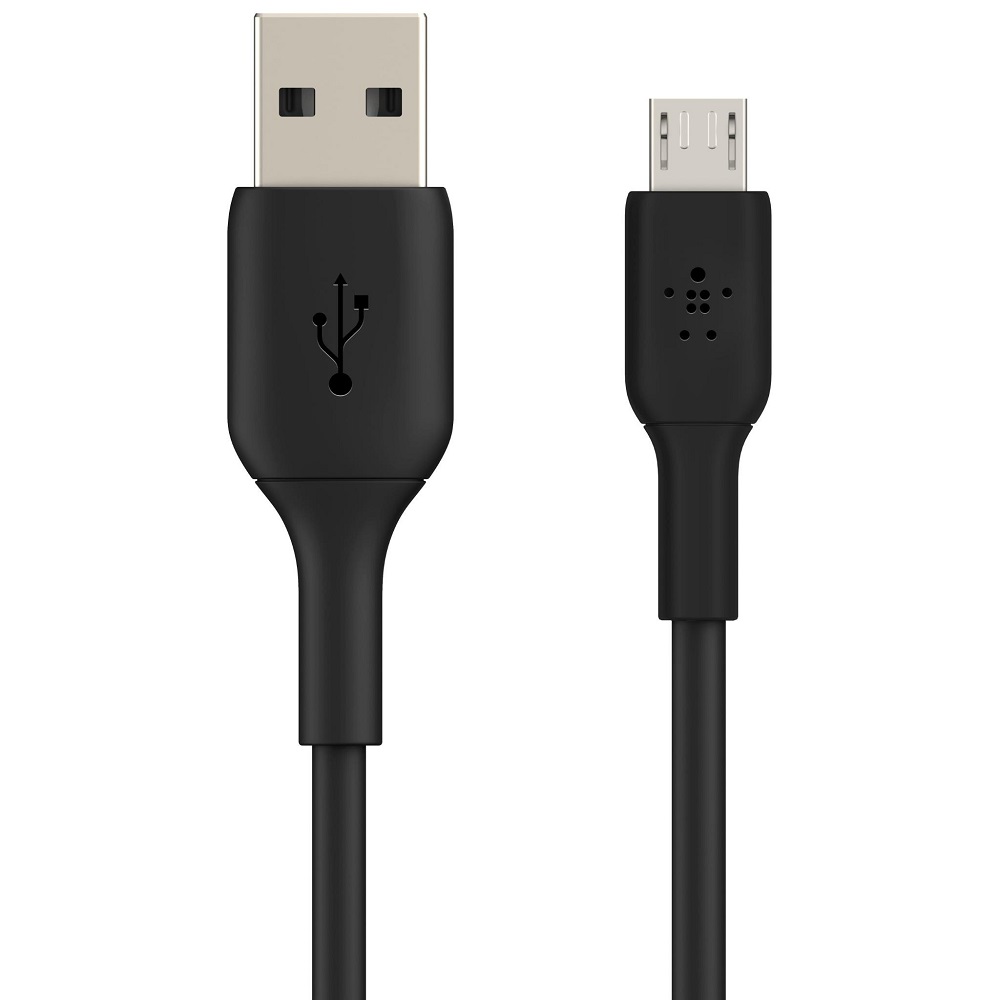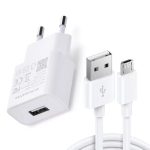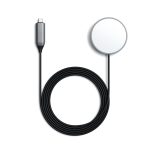The Rise of Fast Charging Technology
Fast charging technology has transformed how we power up our devices. It’s a race for speed. Every year, chargers get faster, pushing the limits of how quickly they can replenish batteries. Remember when overnight charging was the norm? Those days are gone. Now, we plug in our devices and see significant battery level boosts in minutes.
This surge in fast charging tech comes down to innovation. Engineers have improved both battery capacity and the efficiency of charger designs. Changes include enhanced power management and heat dissipation techniques. With these advancements, the risk of overheating, once a major concern, is now much reduced.
But what does this mean for the micro USB charger in 2025? This once-ubiquitous connector is seeing stiff competition from newer interfaces. However, it’s not out of the game. Many devices still rely on micro USB, and its presence in the fast charging arena is surprising to some. Innovations have spruced up this aging standard, extending its relevance.
As consumers, we stand to benefit from this fast charging era. It’s all about convenience — spending less time tethered to a charger. In this evolving market, even micro USB chargers are stepping up, ensuring they don’t fall behind in the charging speed race.
The key takeaway here is simple. Fast charging is here to stay, and it’s improving our daily tech routine. With continuous advancements, charging is becoming less a chore and more a brief pause in our tech-fueled lives.
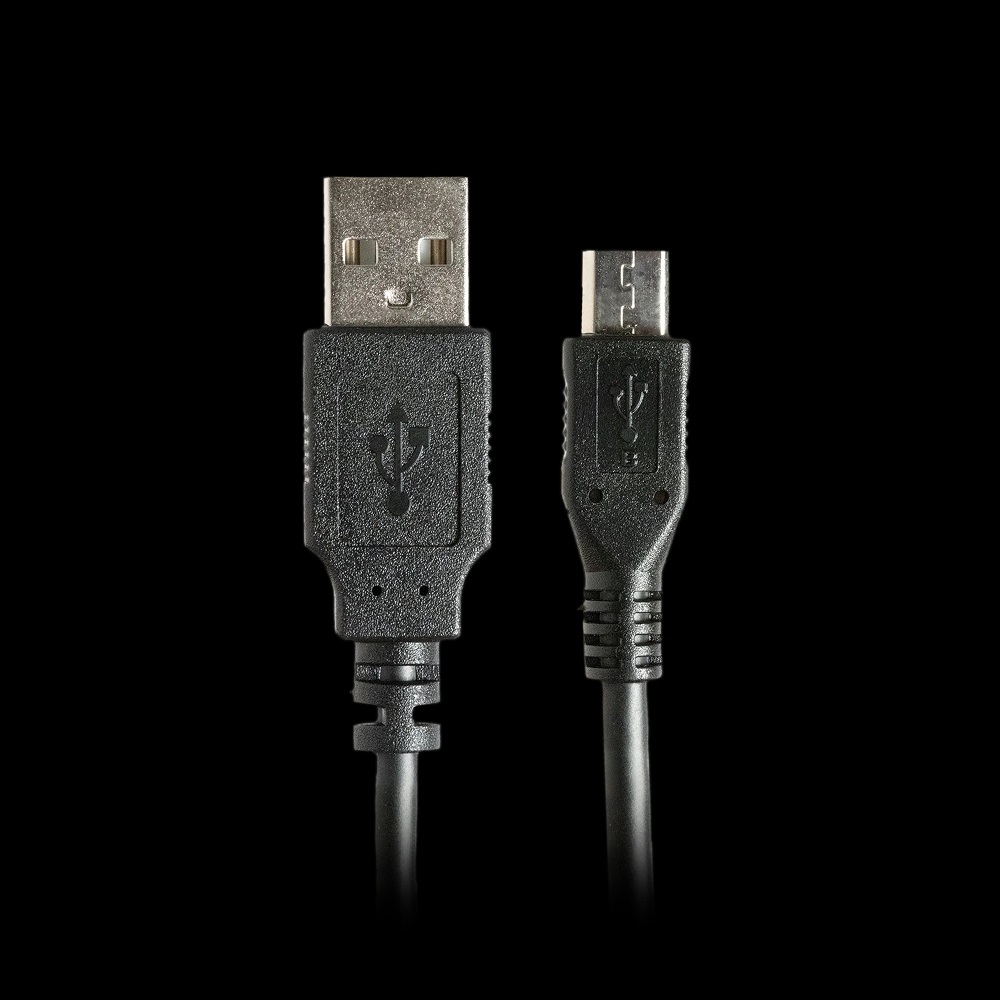
Micro USB Chargers: Still Relevant in 2025?
With the advent of USB-C and wireless charging, many wonder if micro USB can still keep up in 2025. Despite newer technologies emerging, micro USB chargers remain relevant for several reasons.
First, a vast number of devices still operate on micro USB. These include budget smartphones, e-readers, and various peripherals. Manufacturers often prefer micro USB for these devices due to cost-effectiveness and widespread adoption.
Second, improvements in micro USB technology have enhanced charging speeds. Advanced protocols and power management systems have been integrated to support fast charging. This means micro USB can provide quick power boosts, although not as rapid as the latest USB-C chargers.
Third, micro USB’s longevity attributes to its durable design. Devices with micro USB ports endure numerous insertions and maintain a firm connection over time, which is essential for user experience.
Furthermore, many consumers still have multiple micro USB cables and chargers from previous devices. The compatibility with existing accessories makes it economically sensible to continue using them.
Lastly, in regions where the latest tech isn’t quickly adopted, micro USB remains the go-to choice. It keeps serving the needs of millions who don’t switch devices frequently or where newer technologies are cost-prohibitive.
In conclusion, micro USB chargers stand their ground in the fast-evolving world of charging tech. Their ongoing presence in 2025 is testament to their reliability, affordability and widespread compatibility.
Advancements in Micro USB Charging Speeds
We’ve seen leaps in fast charging capabilities, especially in micro USB chargers’ speeds. In the past, they were slower, but now the gap is closing. Today’s micro USB chargers can surprise many with their performance. So, what has changed?
Improved Chipsets: Micro USB chargers have embraced better chipsets. These regulate power flow more efficiently. With smarter chips, they can push more power without worry. This means faster charging times for users.
Revamped Power Protocols: Charging protocols are the rules that manage energy delivery. New protocols for micro USB have led to better speeds. We’re looking at quicker charges than ever before.
Small Design Tweaks: Engineers have adjusted charger designs. These tweaks help with faster energy transfer to your battery. We benefit from small changes that make a big impact over time.
In 2025, micro USB chargers with these upgrades deliver solid performance. They offer decent charging speeds that meet most of our needs. While they can’t match USB-C’s top speeds, they still provide a satisfactory experience for lots of devices.
The Impact of USB-C on Micro USB Popularity
USB-C has risen quickly and affected micro USB’s popularity. Its advanced features provide faster data transfer and charging speeds. Devices now increasingly come with USB-C ports. This shift is pushing micro USB into a smaller niche. Still, micro USB chargers maintain a presence. Their affordability and wide compatibility keep them in the race. But the market trend leans towards USB-C’s multifunctionality and convenience.
Many new smartphones, laptops, and tablets feature USB-C. Consumers are adopting USB-C for its single cable solution. It supports audio, video, and power over one connection. This simplicity is hard for micro USB to compete with. However, micro USB stays relevant due to its established user base.
Manufacturers of budget devices still choose micro USB to cut costs. This helps them offer competitive pricing. Also, plenty of gadgets and accessories made in the past are micro USB-based. Users with these products contribute to micro USB’s continued use.
USB-C’s impact on micro USB is undeniable. It leads the charge in tech’s future. Yet micro USB’s legacy ensures it will not vanish overnight. It plays a role in the diverse ecosystem of charging options. Its story in 2025 is one of adaptation and survival, amid the rising dominance of USB-C.
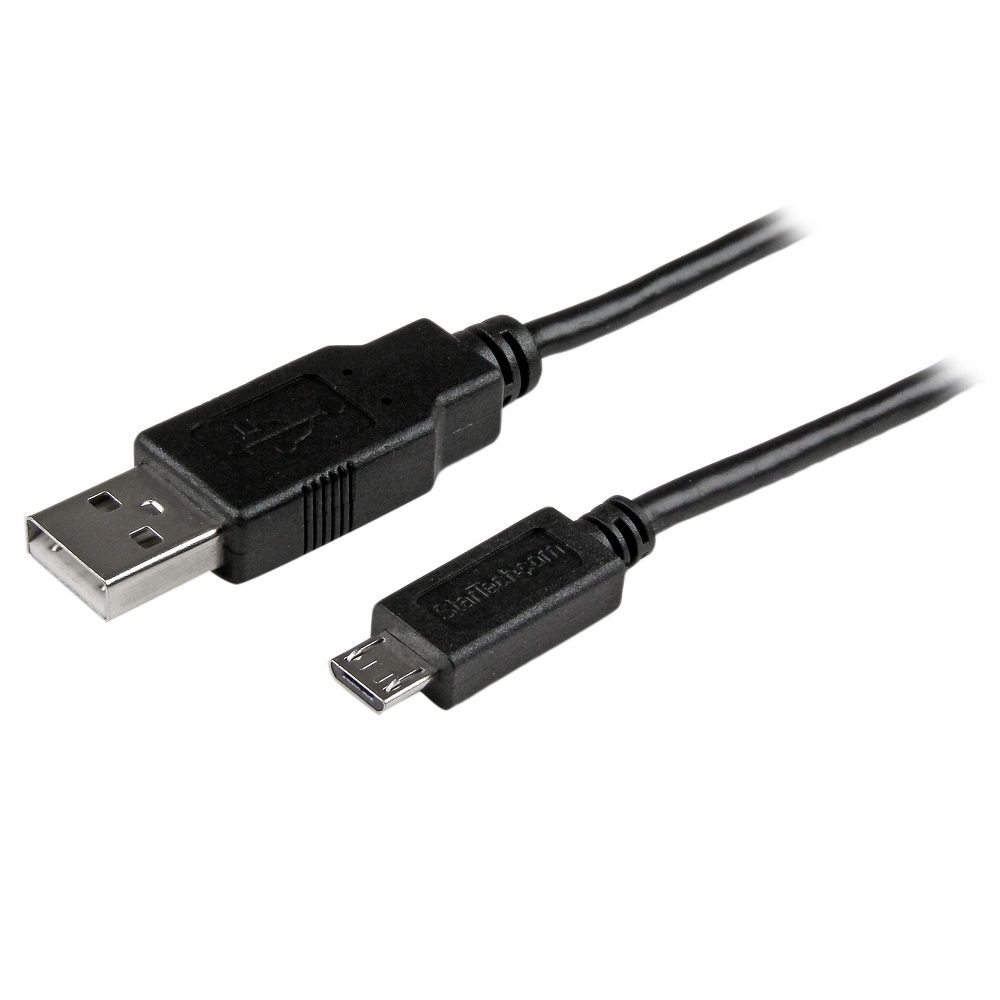
Future Innovations in Micro USB Chargers
Despite facing stiff competition, micro USB chargers are not bowing out. Instead, they’re innovating. In the coming years, we can expect more advances that’ll keep them in the game.
Adaptable Power Solutions: Innovations will likely focus on versatility. Future micro USB chargers may adjust power output to suit different devices’ needs. This adaptability would boost efficiency and safety.
Smart Charging Technology: Smart tech could make micro USB chargers more intuitive. They might optimize charging rates based on a battery’s condition. This would prolong battery life and save energy.
Eco-friendly Materials: As sustainability becomes a priority, we’ll see chargers made from greener materials. These will reduce environmental impact without sacrificing performance.
Magnetic Micro USB: Inspired by magnetic charging in other tech, micro USB might go magnetic too. This would make connections easier and more durable.
Enhanced Durability: With constant use, wear and tear is a concern. Future chargers might be tougher, with better resistance to bending and fraying.
Integrated Charging Systems: Imagine charging pads that work with multiple standards, including micro USB. This would simplify the charging setup at home or in public spaces.
As we look to 2025, micro USB chargers will continue to evolve. They will adapt, integrate smart features, and focus on ecological impact. This ensures they remain a functional option in a diverse tech landscape.
Comparing Micro USB Chargers with Other Charging Technologies
When putting micro USB chargers side-by-side with other charging solutions, several factors stand out. Here’s how micro USB stacks up against its contemporaries:
Speed Differences: USB-C is known for its rapid charging capability, eclipsing micro USB in this arena. Wireless charging varies; some advanced solutions offer fast charging, but many are slower than cable-based options.
Compatibility and Availability: Micro USB has a wide adoption across multiple device types. Devices ranging from controllers to Bluetooth headsets use micro USB. While USB-C is becoming more common in new devices, micro USB’s widespread compatibility keeps it in use.
Cost Considerations: Micro USB cables and chargers are generally cheaper. This makes them a budget-friendly choice over USB-C or proprietary chargers.
Portability and Convenience: Wireless chargers promote a cable-free experience, appealing for on-the-go use. Micro USB and USB-C require cables, but are more universally compatible.
Environmental Outlook: With people having numerous micro USB cables already, continuing to use them reduces waste. However, the push for a universal charging standard like USB-C could minimize electronic waste in the long run.
Each charging technology has its place based on user needs and device requirements. Micro USB chargers remain in the mix, offering a balance between cost, compatibility, and availability. They prove that sometimes, enduring tech can coexist with newer innovations.
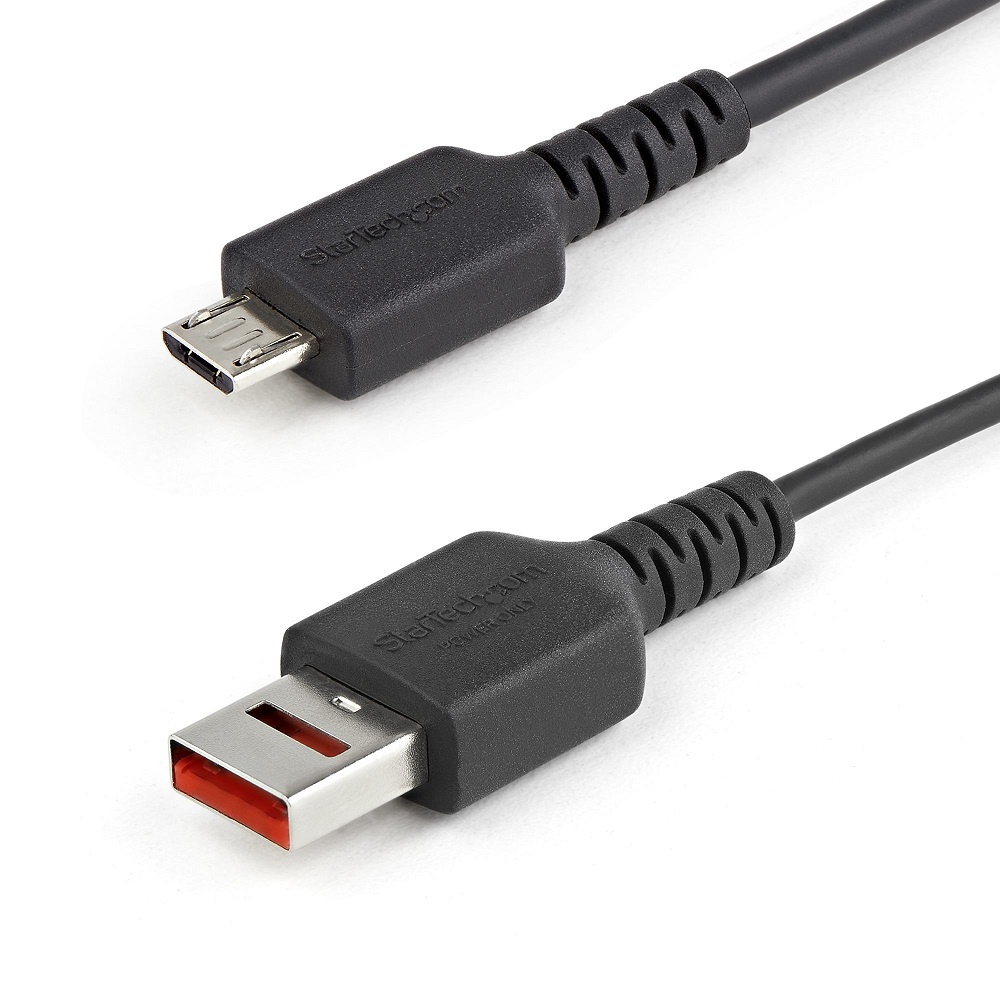
Environmental Impacts of Charger Evolution
The evolution of chargers, including the micro USB charger, has environmental implications. The manufacturing and disposal of chargers contribute to electronic waste, also known as e-waste. E-waste can be harmful because it often contains toxic substances like lead or mercury. These can leak into the environment if not properly handled. Considering the environmental impacts of charger evolution, it is crucial to balance between technological advancement and sustainability. Here’s how charger evolution affects our environment:
- Increased E-Waste: As new chargers emerge, old ones become obsolete. They may end up in landfills, adding to the global e-waste problem.
- Recycling Challenges: Not all components of chargers are recyclable. This makes proper e-waste disposal and management vital.
- Resource Consumption: Producing new chargers requires materials and energy. This use of resources has an environmental footprint.
- Pollution: The production process can release pollutants into air and water. This adds to environmental degradation.
- Advances in Eco-Friendly Chargers: On the positive side, innovation is leading to more sustainable materials. Chargers are becoming more energy-efficient.
- Consumer Habits: How we use and dispose of our chargers matters. If we keep using the same charger for longer, we reduce waste.
As consumers, we can make eco-conscious choices. We can look for chargers made with sustainable materials. We can recycle old chargers properly. Choosing a micro USB charger in 2025 will not only be about speed or compatibility. It will also be about minimizing the impact on our planet. It’s about choosing technology that’s forward-thinking and environmentally responsible.
The Consumer’s Guide to Choosing a Micro USB Charger in 2025
When selecting a micro USB charger in 2025, consumers should consider several key aspects. Here’s a straightforward guide to help you make an informed decision about which micro USB charger is right for you.
Check Charging Speeds: Investigate the charging speed of the charger. Look for improved protocols that allow for faster charging while ensuring safety.
Assess Compatibility: Ensure the charger is compatible with your device. Most micro USB chargers will work with a range of devices, but checking never hurts.
Durability Matters: Pick a charger that’s known for durability. Chargers that resist wear and tear offer more value over time.
Smart Charging Capabilities: Opt for chargers with smart technology. These can adjust charging rates to protect your battery’s lifespan.
Eco-Friendly Options: Consider the environmental impact. Eco-friendly chargers made from sustainable materials are becoming more available.
Price Point: Balance cost with quality. While micro USB chargers are generally affordable, it’s important to invest in a charger that won’t fail prematurely.
Brand Reliability: Go with brands that have a solid reputation. Reliable brands often provide better customer support and warranty conditions.
By focusing on these criteria, consumers can find a micro USB charger in 2025 that offers a mix of speed, compatibility, durability, and value, while also supporting eco-friendly practices.
